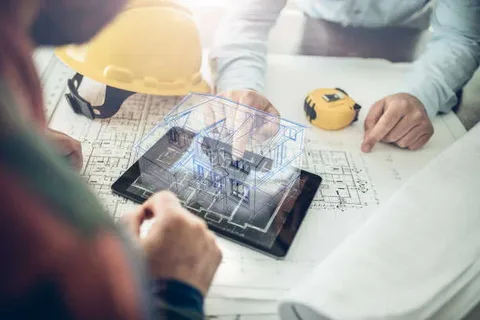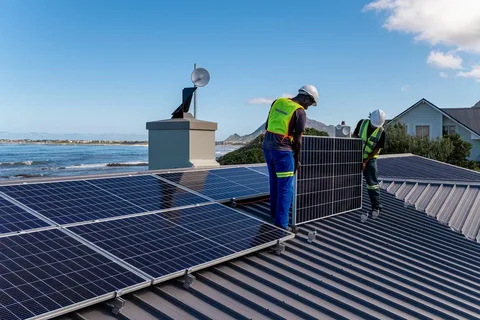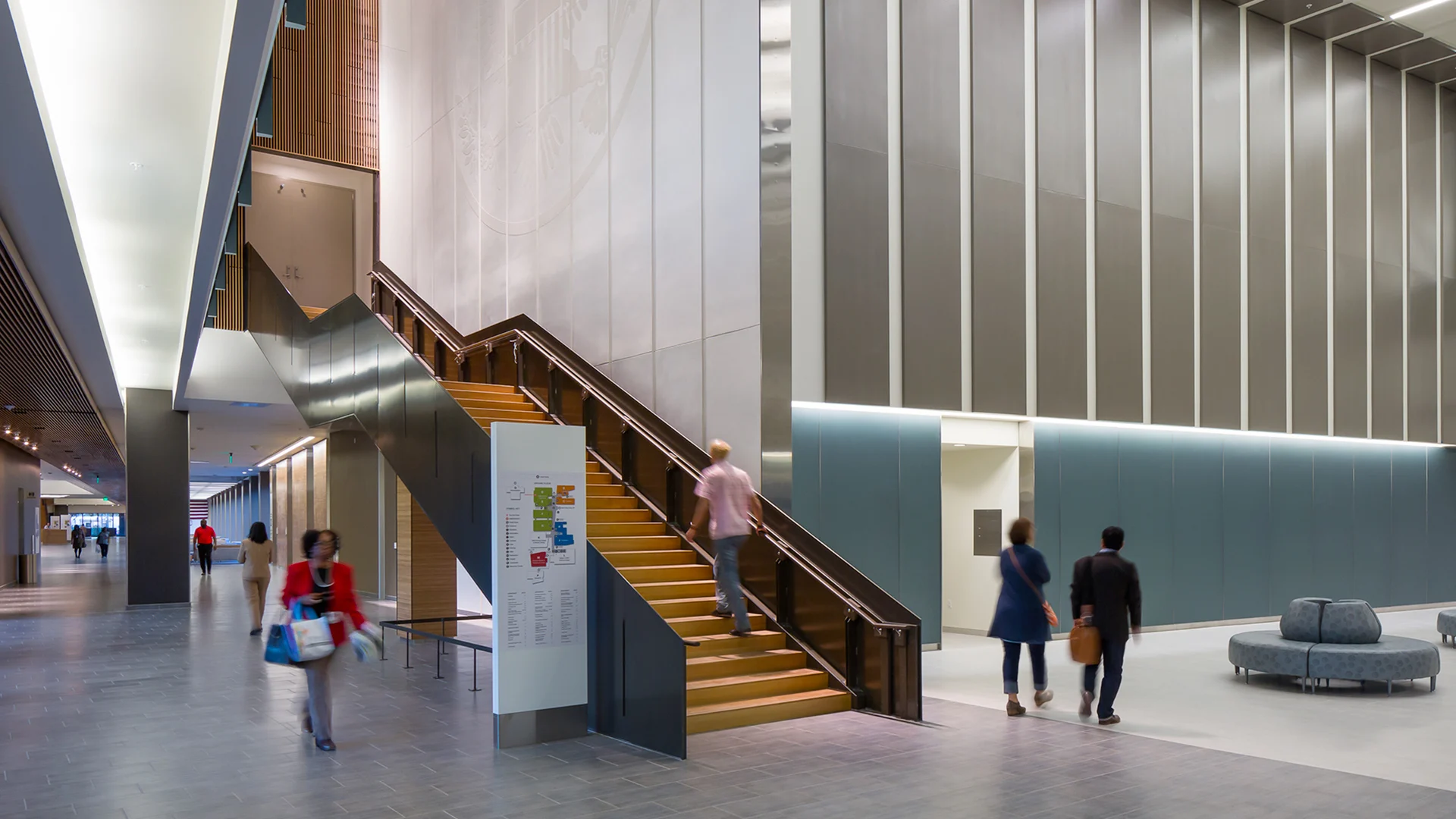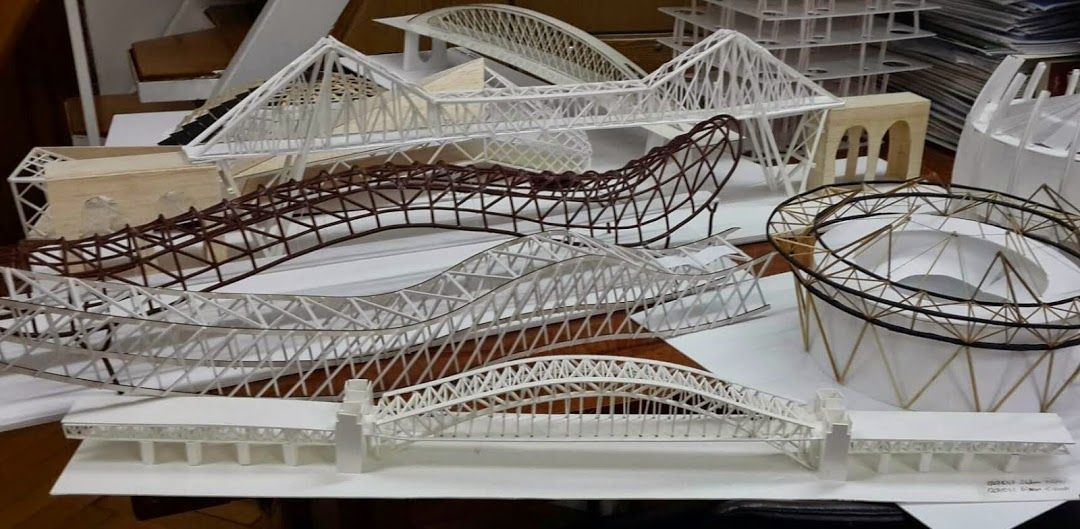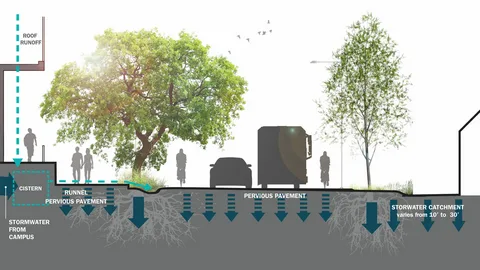California’s All-Electric Mandate: What MEP Designers Must Prepare For in 2025
California’s All-Electric Mandate: What MEP Designers Must Prepare For in 2025 is not just another policy update—it’s a transformative shift in how buildings are designed, powered, and constructed.
As part of its ambitious climate goals, California is leading the nation toward an electrified building future. Beginning in 2025, new residential and some commercial buildings must eliminate gas systems in favor of all-electric design. For MEP design engineering teams, this means rethinking systems, load planning, equipment specs, and coordination from the ground up.
This blog explores how MEP engineering companies, developers, and architects can prepare for this new landscape—and avoid costly mistakes in design, permitting, and construction.
The All-Electric Mandate: What It Means
California’s 2022 Building Standards Code (Title 24, Part 6) laid the groundwork. The 2025 code builds on it with stronger incentives—and in many jurisdictions, requirements—for all-electric construction.
Key components of the mandate include:
- Heat pump HVAC systems as baseline for new residential buildings
- Heat pump water heaters replacing gas models
- All-electric kitchens using induction cooktops and electric ovens
- No new gas infrastructure in many local codes
- Solar photovoltaic and battery storage readiness
More than 50 California jurisdictions have already adopted “reach codes” that go even further, banning gas hookups entirely.
MEP engineering firms for custom designs must be fluent in these emerging requirements and ready to implement them at scale.
Why California Is Electrifying Its Buildings
This transition supports multiple statewide goals:
- Reduce greenhouse gas emissions from natural gas combustion in homes and businesses
- Improve indoor air quality, especially in disadvantaged communities
- Increase building resilience with distributed energy and battery backup
- Prepare for a fully renewable electric grid by 2045
Buildings account for roughly 25% of California’s greenhouse gas emissions. Gas appliances—especially water heaters and furnaces—are major contributors.
Electrification is the fastest path to decarbonizing the built environment.
Who Must Comply in 2025?
The 2025 energy code applies to:
- All new low-rise residential buildings
- Multifamily housing (3 stories or less)
- High-rise multifamily and nonresidential buildings under local reach codes
- Accessory Dwelling Units (ADUs) and additions in some jurisdictions
Note: While the statewide code encourages electrification, many local ordinances make it mandatory. Cities like San Francisco, San Jose, Santa Monica, and Berkeley have adopted gas bans for all new construction.
What MEP Designers Must Do Differently
California’s All-Electric Mandate: What MEP Designers Must Prepare For in 2025 requires more than just swapping equipment. It demands whole-system thinking, smart electrical design, and load balancing.
Here’s what to focus on:
1. Design for All-Electric HVAC and Water Heating
Gas furnaces and water heaters are out. Heat pumps are in.
Your MEP design engineering team should:
- Choose between split-system or packaged heat pumps
- Size systems based on revised Manual J/S calculations
- Ensure heat pump water heaters (HPWH) meet hot water demand
- Include backup resistance heat only as a last resort
Challenge: Heat pump performance drops in cold climates
Solution: Use hybrid systems or dual-stage units where allowed by code
2. Reconfigure Electrical Load Planning
Electrification adds significant load to residential and commercial buildings.
You must:
- Upsize main service panels and branch circuits
- Calculate simultaneous demand for HVAC, HPWH, cooking, laundry
- Allocate space for future EV chargers, solar inverters, and batteries
- Use load management systems to optimize usage
Energy-efficient MEP design engineering minimizes demand while maximizing performance.
3. Specify Induction Cooking and Electric Appliances
Gas ranges and ovens are being replaced with:
- Induction cooktops
- Electric wall ovens
- Microwave/oven combos
- Electric clothes dryers
MEP coordination must include:
- Dedicated 220V circuits
- GFCI/AFCI protection where required
- Circuit spacing for appliance layout flexibility
Also advise clients on tenant training—especially for induction systems unfamiliar to some users.
4. Plan for Solar and Battery Readiness
All-electric buildings benefit from onsite generation and storage.
California now requires:
- Solar PV readiness for all new low-rise residential buildings
- Battery storage prep in some climate zones
Designers must provide:
- Conduit from electrical panels to roof
- Reserved panel capacity for PV inverters
- Space for battery racks or wall units
- Access pathways per fire code
Integrate with smart electrical panels and utility metering protocols.
5. Coordinate with Structural and Architectural Teams
All-electric systems affect layout and structural load.
- Heat pumps may need rooftop or pad-mounted units
- HPWHs require larger closets with ducted ventilation
- Induction cooktops change kitchen cabinetry design
- Batteries and electrical gear add floor or wall loads
Work with structural engineering companies early to avoid redesigns during permitting.
Designing for Title 24 Energy Code Compliance
Electrification must still meet California’s tough energy efficiency rules.
Use compliance software like:
- CBECC-Res or EnergyPro
- California Energy Commission-approved calculators
- Verified data from AHRI and NEEP for equipment
Model:
- Envelope performance
- Equipment efficiency
- Time-dependent valuation (TDV) of energy usage
Compliant designs also help clients access rebates and tax credits under the Inflation Reduction Act.
Overcoming Common Challenges
| Challenge | Solution |
| Undersized electrical service | Upgrade panels and coordinate with utility |
| Local gas-friendly builders | Educate clients on indoor air and emissions benefits |
| Cost concerns | Model total cost of ownership (gas vs. electric) |
| Limited space | Use ductless mini-splits, stacked HPWHs, or wall-mounted systems |
| Code confusion | Track both statewide and local code paths |
The Role of MEP Engineering Companies in 2025
Customized MEP solutions for building design will set the best firms apart.
Clients now demand:
- Title 24 compliance
- Cost-effective energy strategies
- Seamless electrification with zero delays
- Battery integration and load management
- Long-term resilience planning
As a leading MEP engineering company, your role is to guide, not just react.
Final Thoughts
California’s All-Electric Mandate: What MEP Designers Must Prepare For in 2025 will reshape the future of residential and commercial design.
It’s not a question of if, but how fast your team can adapt.
- Review your project templates now
- Update standard details and circuit planning
- Coordinate early with architects, structural engineers, and utility reps
- Educate clients on cost, comfort, and sustainability
Because the future is electric—and it’s already here in California.

